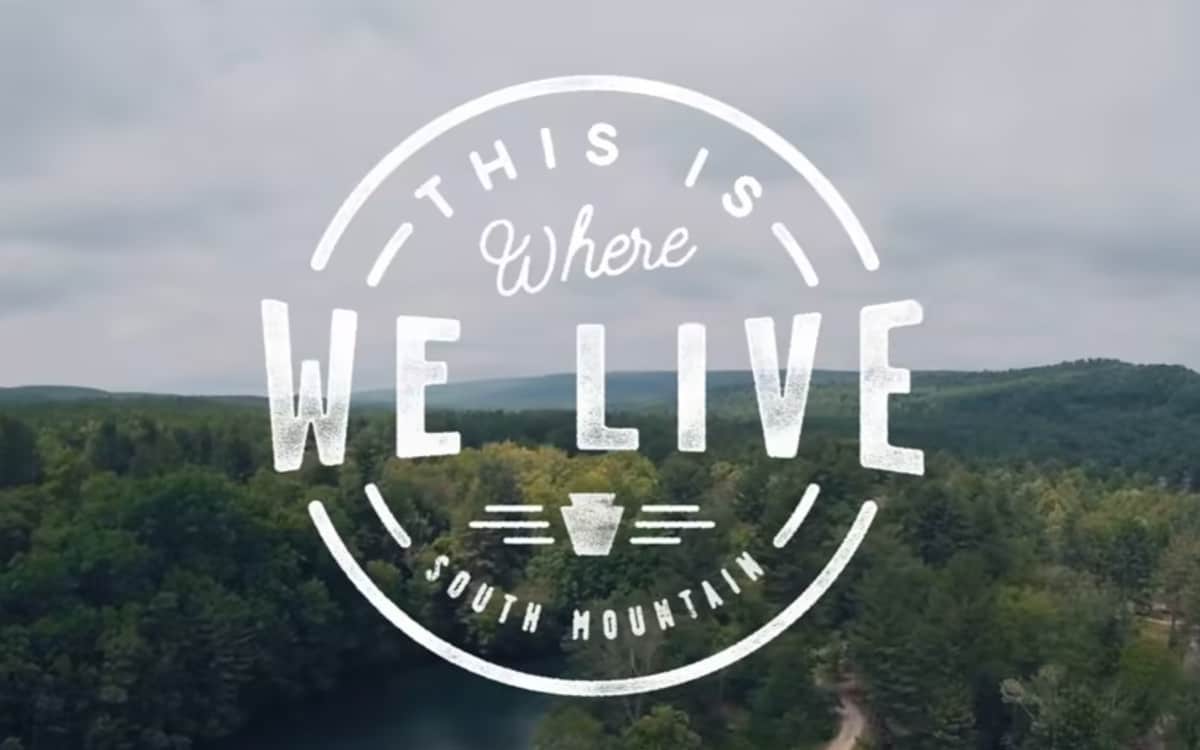This is Where I Live by Sarah Kipp
This is where I live. A town with a name ingrained in the minds of most Americans, but that some don’t realize sits north of the Mason Dixon Line: Gettysburg. Even fewer know that the Appalachian Trail is but fifteen miles away, and that the mountain ridge along which that path travels frames the vistas seen from observation towers on the battlefield. And I bet that many visitors to Gettysburg don’t know that the space between this battlefield and that mountain ridge, the land rising into rolling foothills, is a stunning agricultural landscape – 20,000 acres of orchards growing apples, peaches, cherries, pears, plums, apricots, and even quince.
When I came to Gettysburg five years ago, I anticipated a rural landscape and small town not unlike the places in Ohio and eastern Pennsylvania where I had previously lived and worked. But Gettysburg is not like other small towns. The battlefield acts as an urban growth boundary around the borough, providing an abrupt transition from village to countryside along the roads leading out of Gettysburg. To me this feels like how towns should be – how they were before automobiles and haphazard planning led to sprawl, strip malls, and ubiquitous chain stores. Gettysburg is quaint and charming, and when leaving my downtown apartment for a jog, within a minute I’m winding through picturesque pastures framed by lofty oak trees.
I have always loved agrestic places. Growing up in rural Ohio imprinted an image of farmland dominated by corn and soybean fields – these are an integral part of rural landscapes and an iconic representation of American agriculture, and the South Mountain region certainly has them. But our expansive, contiguous stretch of fruit trees is unique, and something about that orchard landscape just gets to me.
Like other agricultural landscapes, the managed order is captivating. But unlike the endless field crop monocultures in the Midwest, with lines of corn that merge into an unbroken stipple, the undulations of our orchard landscape display high variation. Tree rows are not perfectly straight. Instead they curve around and over hills, a patchwork of arcing grids that blankets the hillsides, the seams defined by diverging directions of the rows.
This land is not uniformly suited to agriculture though, and within its geometric order can be found patches of forest, an indication of where the slopes are too steep or the soils inadequate for farming. Cultivated land broken by fingers of woodland reaching along creek beds, linear fruit-tree rows leading to forest-covered hilltops — it’s stunningly picturesque.
The juxtaposition of farmland and forest recalls the character of the landscape long before these areas were cleared. Our vernacular farmstead architecture too evokes a cultural history. Each old stone house and bank barn tells a family’s story: the decision to settle, to work the land, to produce something edible, to make a home. And, unexpectedly, this landscape has shaped my own story: this is where I live.
Sarah Kipp
February 23, 2015

